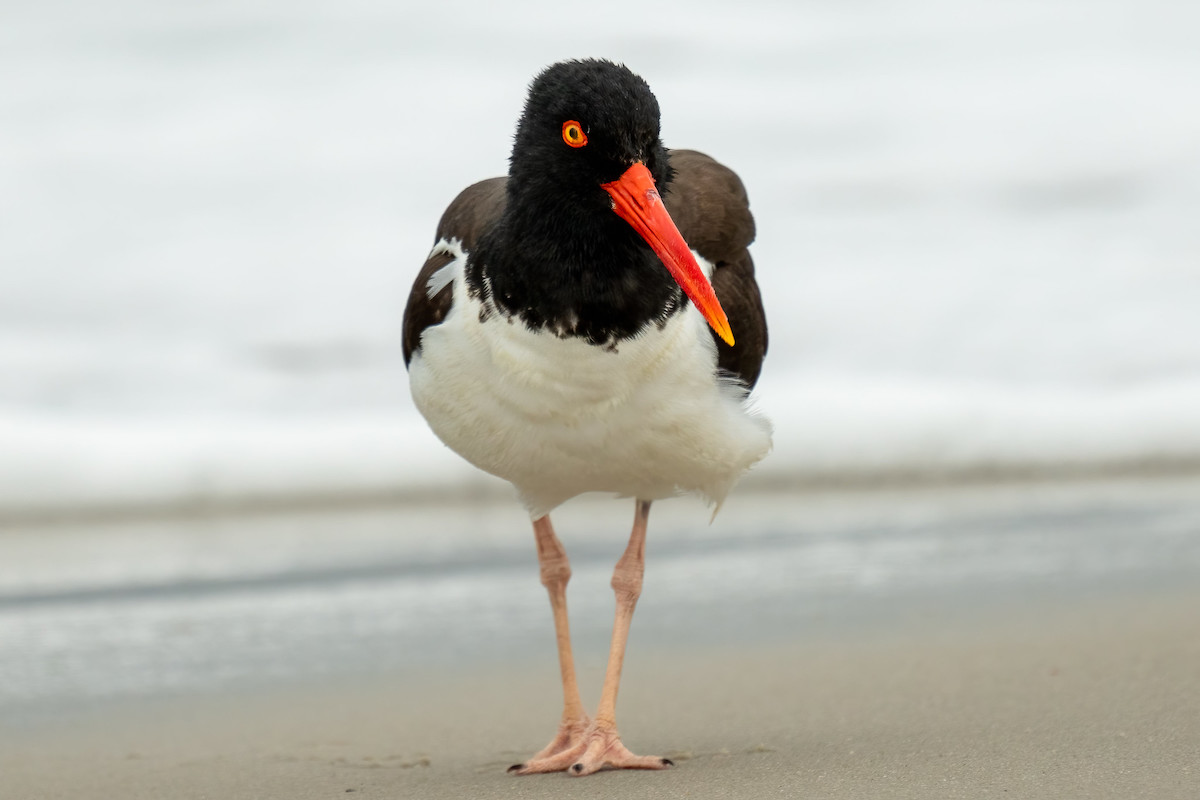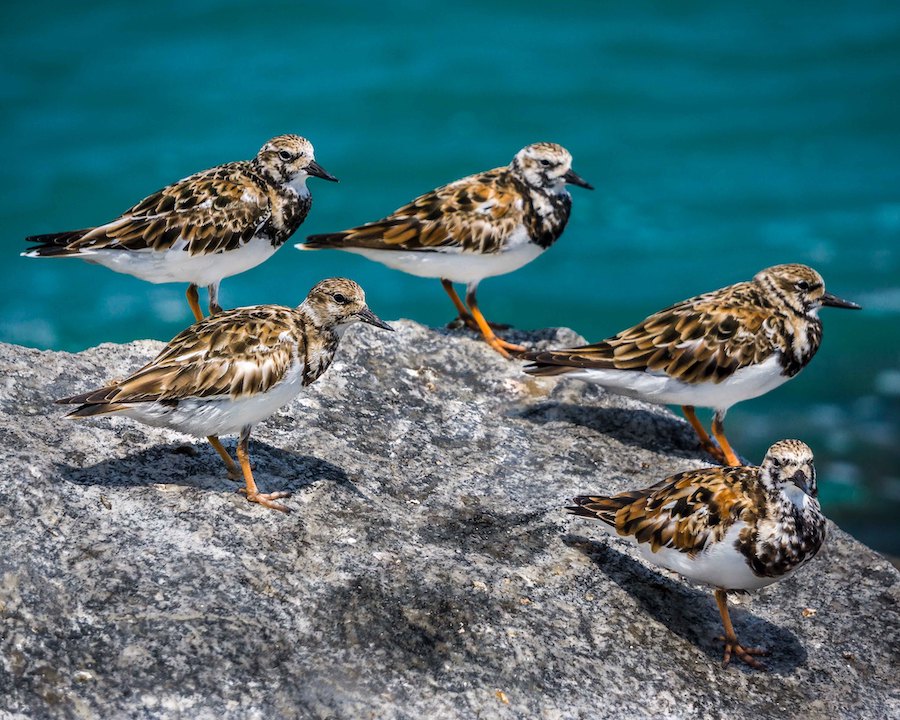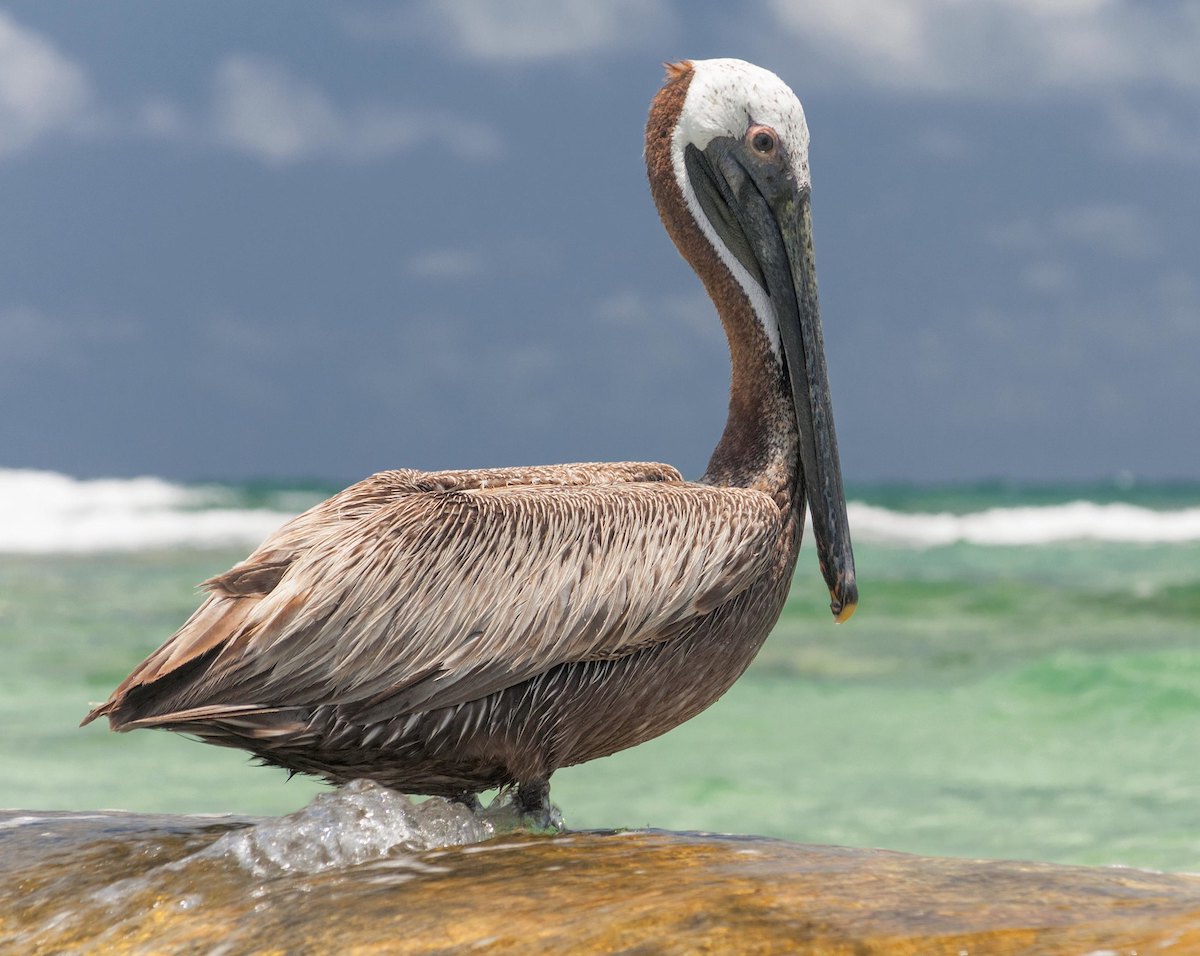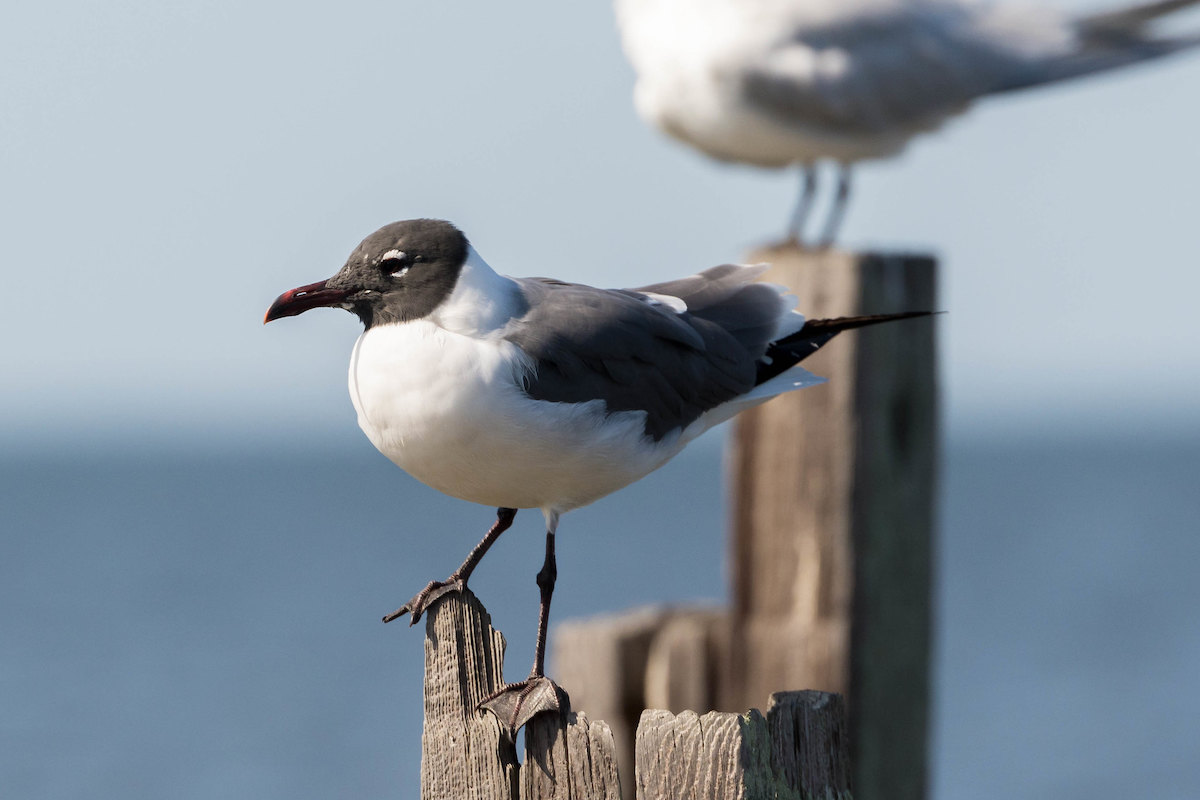Sea Birds to See in Florida
Take flight and learn about some amazing Florida sea birds

“Florida and beaches” are like “peanut butter and jelly”—they just go together, a match made in heaven. Between the soft sand, unique seashells, warm waters and fascinating ocean animals, there are so many things to love about Florida beaches. One of the best perks to walking along a Florida shoreline is simple: sea birds.
Florida is known as an amazing state for bird watching with a multitude of species that live there, but you don’t have to be a hard knocks bird watcher to catch a glimpse of a few sea birds. Sitting on a Florida beach, you can see sea birds ranging from the tall, proud blue heron to the tiny, cute snowy plover.
With that in mind, let’s swan dive into the sea birds of Florida and meet just a few of these cute fellow beach lovers.
American Oystercatcher

The American oystercatcher is one hard-to-miss sea bird. These birds have long bright orange bills and yellow eyes with a red ring around them that make them look like they mean business! This sea bird can reach up to about 18 inches in length with a wingspan of up to 32 inches. As its name might suggest, this bird really does catch oysters. American oystercatchers primarily feed on mollusks, worms and jellyfish, using their long beaks as a shucking device to open the shells. The oystercatchers tend to nest in the sand or among shells, leaving their nests at risk to be threatened by beachgoers and predators alike.
Snowy Plover

This tiny sea bird is distinguished by its Speedy Gonzales-esque run along the shoreline and its small puffy look. The snowy plover can reach around six inches in length and have a wingspan of about 13 inches. These birds have short gray legs, black bills and white and gray feathers. These plovers nest along Florida beaches, building small nests with twigs and shells in the sand. They are highly at-risk due to increased human disturbances, predators and habitat loss. Lounging on the beach, you might be able to see one of these sea birds or another species of plovers that love Florida beaches, like the black-bellied plover or the piping plover. These sea birds are small yet mighty. Remember, if you happen to catch a glimpse of one, make sure not to disturb its habitat!
Ruddy Turnstones

Fittingly named, this brightly-colored sea bird features reddish—almost muddy-looking—plumage, which explains one half of its name (ruddy). The other half of their name (turnstones) comes from the fact that they use their bills to turn over stones, rocks and pebbles in search of the perfect sea food! You can typically find these birds lurking along the shoreline where the waves have pushed together shells and seaweed. Like many vacationers, these birds only winter in Florida; they breed in the Arctic tundra and travel a long way to catch some rays and take in the sights.
Brown Pelican

This next sea bird is known to be goofy-looking and can be seen soaring just above the ocean waves as it scoops fish into its large beak pouch. Brown pelicans have wingspans of up to six feet. Their brown coloring, long skinny necks, large beaks and throat pouches all come together to make that signature pelican look. On a typical warm summer day, you can find a group of pelicans sunning along a fishing pier and plotting their next flights. These birds dive headfirst into the ocean from heights of up to 50 feet to scoop up fish swimming just below the surface. Once they’ve retrieved their meal, they tilt their heads and let out the water collected in their bill pouch so they can safely snack on their fish. Although once threatened by the use of DDT, since its ban, this sea bird has made a remarkable comeback. After all, they’re pelicans not pelicant’s!
Blue Heron

The great blue heron is hard to miss on a Florida beach; these tall fellows have long legs, necks and bills, all of which add up to create a can’t-miss kind of sea bird. Great blue herons can grow up to five feet tall and have a wingspan of almost seven feet! They have unmistakable grayish-blue plumage that gives them their name. The great blue heron tends to be found along Florida marshes, lakes and even the occasional shoreline looking for their next snacks of fish or invertebrates.
Laughing Gulls

If you’ve ever visited a Florida beach, the sound of the laughing gull call will not be unfamiliar to you. In fact, when you close your eyes and imagine the sounds of the beach, the laughing gull call is most likely a part of the soundscape. These sea birds are among many species of gulls that spend their days flying over beaches and hanging around docks in large numbers looking for aquatic invertebrates or handouts from beachgoers. Their signature black heads and grey and white bodies give them a distinguishable look to go along with their iconic “laugh”. Curiously enough, these sea birds are a bit mischievous as they’ve been known to steal food from brown pelicans right out of their pouches. Talk about rude!
Clearly sea birds are sea-riously amazing animals that add an unforgettable signature on Florida shorelines.
If you ever find yourself strolling along a Florida beach, try to catch a glimpse of some of these amazing birds. Look down, and maybe you’ll see the speedy plover running across the sand, or look up, and perhaps a brown pelican will fly overhead searching for its next meal. These natural wonders are always in need of a little support to keep their beaches clean; visit Ocean Conservancy’s action center to advocate for the animals that rely on a healthy ocean like these spectacular sea birds.